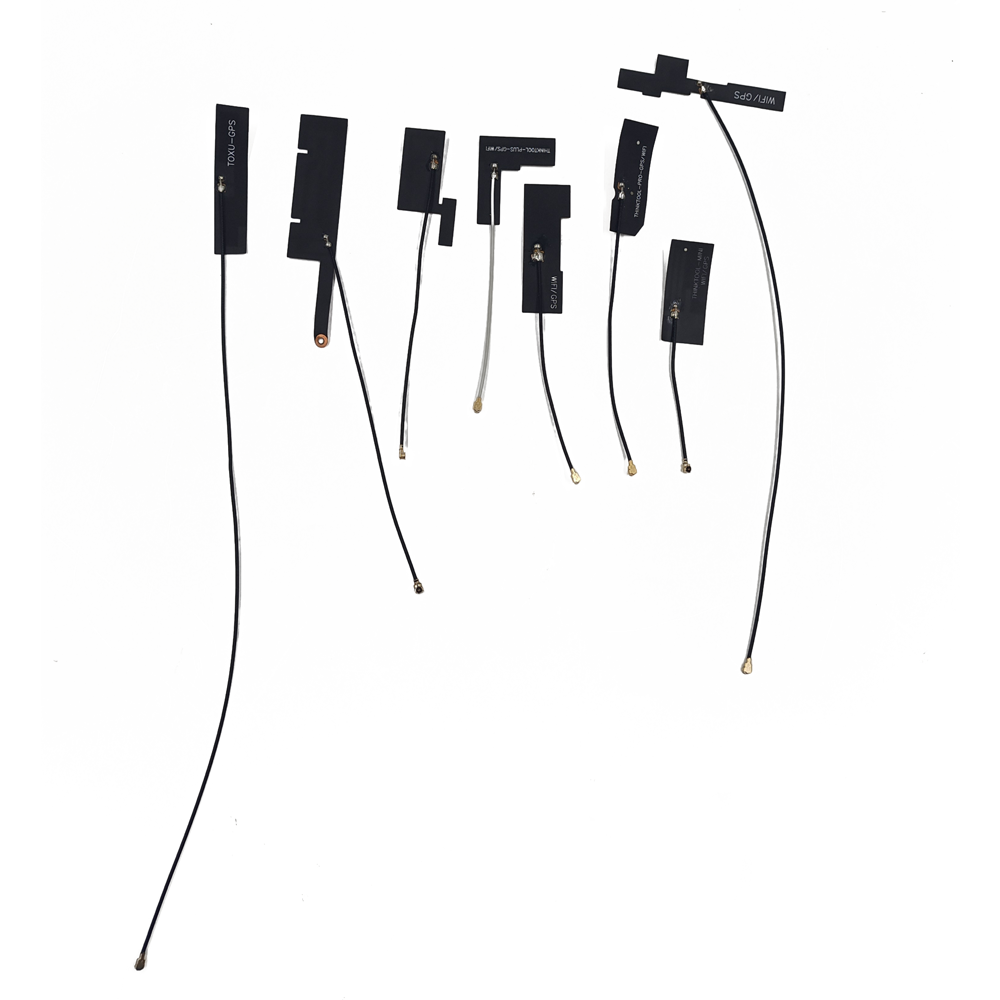Internal GNSS antennas have become a cornerstone technology in the proliferation of location-aware devices across consumer, industrial, automotive, and healthcare sectors. Their ability to deliver reliable positioning within compact, aesthetically pleasing form factors has enabled widespread adoption in applications where external antennas are impractical or undesirable.
One of the most prominent applications is in smartphones and wearable devices. Modern smartphones integrate internal GNSS antennas to support navigation apps, fitness tracking, augmented reality (AR), geotagging, and emergency services such as Emergency SOS via satellite. With the introduction of dual-frequency (L1 + L5) GNSS receivers in flagship models like the iPhone 14 and newer Android devices, internal ceramic chip antennas have evolved to support higher bandwidth and improved multipath rejection, enabling sub-meter accuracy even in urban environments. Wearables like smartwatches and fitness bands also rely on ultra-compact internal antennas for real-time route mapping during running, cycling, or hiking.
In the Internet of Things (IoT) domain, internal GNSS antennas are essential for asset tracking, fleet management, and logistics monitoring. Compact trackers embedded in shipping containers, pallets, or high-value equipment use internal antennas to provide continuous location updates without compromising device durability or battery life. These solutions often combine GNSS with low-power wide-area networks (LPWAN) like LoRaWAN or NB-IoT, where the antenna must coexist with multiple RF systems on a single PCB.
The automotive industry increasingly relies on internal GNSS antennas for telematics, stolen vehicle recovery, and advanced driver-assistance systems (ADAS). While high-end autonomous vehicles may use external roof-mounted antennas for centimeter-level precision, many mid-tier infotainment and navigation systems utilize internal modules integrated into dashboard control units. As vehicles adopt more electronic features, minimizing connector count and improving water/dust resistance through internal designs becomes critical.
Drones and unmanned aerial vehicles (UAVs) also benefit from internal GNSS antennas for stable flight control, return-to-home functions, and automated mission execution. Given strict size and weight constraints, UAV manufacturers prefer surface-mount ceramic antennas that offer sufficient performance while allowing streamlined aerodynamic designs.
Other notable applications include portable medical devices, such as GPS-enabled emergency response tags for elderly patients, and smart city infrastructure, including parking sensors, environmental monitors, and public transit trackers. In agriculture, compact GNSS modules with internal antennas are used in handheld field mapping tools and small-scale robotic harvesters.
Looking ahead, several future trends will shape the evolution of internal GNSS antennas:
Multi-Band and Multi-Constellation Integration: As GPS modernizes and new signals like L6 and BeiDou B2b emerge, internal antennas will need to support broader frequency coverage while maintaining small size and efficiency.
AI-Driven Signal Optimization: Machine learning algorithms will be used to predict signal degradation, classify interference sources, and dynamically adjust filtering or beamforming parameters in software-defined radio architectures.
Integrated Antenna Modules: We are seeing a rise in "antenna-in-package" (AiP) solutions that combine the radiating element, LNA, filter, and matching network into a single shielded module, reducing design complexity and improving consistency.
Hybrid Positioning Systems: Internal GNSS antennas will increasingly work in tandem with 5G/6G positioning, Wi-Fi RTT, Bluetooth AoA, and inertial sensors to enable seamless indoor-outdoor navigation.
Advanced Materials and Manufacturing: The use of metamaterials, photonic crystals, and additive manufacturing techniques could lead to thinner, more efficient antennas with enhanced directivity and reduced sensitivity to nearby components.
Energy Efficiency Improvements: Ultra-low-power GNSS modes and duty-cycling techniques will allow internal antennas to function longer on small batteries, crucial for IoT edge devices.
Security Enhancements: With rising concerns about spoofing and jamming, future internal antennas may incorporate polarization discrimination or spatial filtering to detect and reject fake signals.
As demand grows for smarter, smaller, and more connected devices, internal GNSS antennas will continue to evolve—balancing performance, integration, and cost—to remain at the heart of next-generation location technologies.
Conclusion
Internal GNSS antennas for GPS modules represent a pivotal advancement in the democratization of precise positioning technology. By enabling satellite navigation functionality within the tight confines of modern electronics, they have made location awareness ubiquitous—from everyday smartphones to critical industrial and safety systems. Their success lies in the harmonious integration of RF engineering, materials science, and system-level design, allowing weak GNSS signals to be captured, amplified, and processed despite severe physical and electromagnetic challenges.
While inherently limited by size and proximity to noise sources, ongoing innovations in antenna topology, front-end circuitry, and multi-sensor fusion are steadily overcoming these barriers. Ceramic chip antennas, PIFAs, and embedded solutions now deliver performance that was once exclusive to bulky external units, supporting dual-frequency operation, fast time-to-first-fix, and robust signal tracking in complex urban environments.
The diverse range of applications—from consumer wearables and IoT trackers to automotive telematics and drone navigation—underscores their transformative impact. As industries move toward automation, connectivity, and real-time decision-making, the role of internal GNSS antennas will only grow in importance.
Future developments will focus on tighter integration, intelligent signal processing, energy efficiency, and resilience against interference and cyber threats. With the convergence of 5G, AI, and low Earth orbit (LEO) satellite networks, internal GNSS antennas will evolve into smarter, more adaptive components capable of delivering accurate positioning anywhere on Earth.
In conclusion, internal GNSS antennas are not merely passive components but active enablers of a globally connected, location-intelligent world. As technology continues to shrink and smart devices become ever more pervasive, these tiny yet powerful antennas will remain at the forefront of innovation, silently guiding us through an increasingly data-driven future.




































































 Language
Language
 En
En Cn
Cn Korean
Korean

 Home >
Home > 







 18665803017 (Macro)
18665803017 (Macro)













